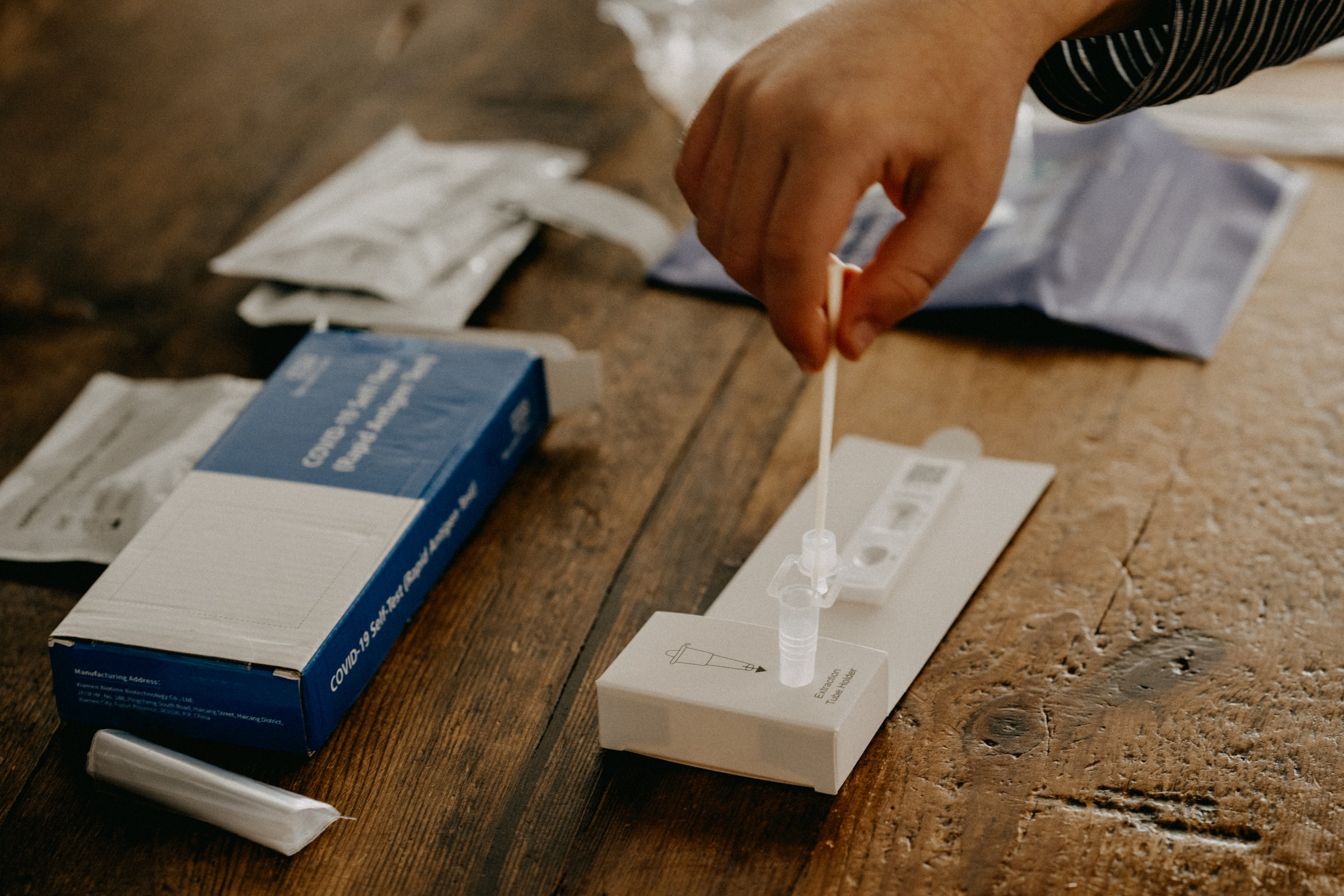
Oxygen: Globally Agreed Targets Needed to Drive Action
As countries are waiting for vaccines and therapeutics, with inadequate testing to detect infections and cases, COVID-19 continues to cause severe illness. In many LMICs, hospitals have faced shortages of oxygen during surges. Despite the critical need for medical oxygen in the COVID-19 emergency response, oxygen has received comparatively less attention in terms of targets, commitments, and funding from the global community.
There is limited data on the gaps in oxygen supply. PATH’s COVID-19 Oxygen Needs Tracker estimates the need for medical oxygen across all LMICs and the annual cost of addressing the need. This projection does not include oxygen needed for non-COVID illness and is thus an underestimate of the true need.
The revised ACT-A strategy sets a target of supporting delivery of 110 to 140 million cubic meters of oxygen to LMICs by the end of 2021 and expanding access to six to eight million severe and critical COVID patients by September 2022. At the Global COVID-19 Summit, the US set a vague target to “make oxygen readily accessible for inpatient health facilities in all countries in the near-term and no later than 2022.”
These targets are a start, but still no broadly accepted, evidence-based goals for oxygen access exist. Better data at the country level, and models based on expected case and vaccination rates, would help to inform the development of such targets and concrete actions to meet them.
